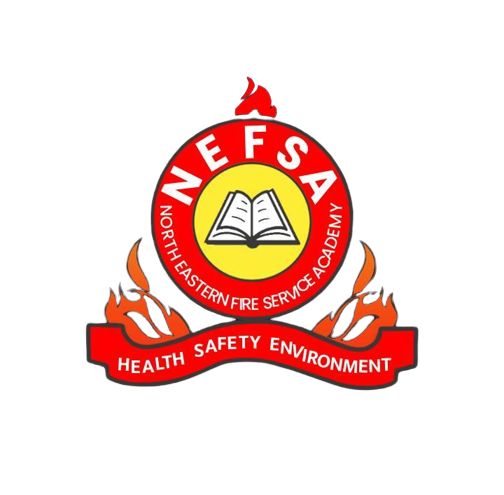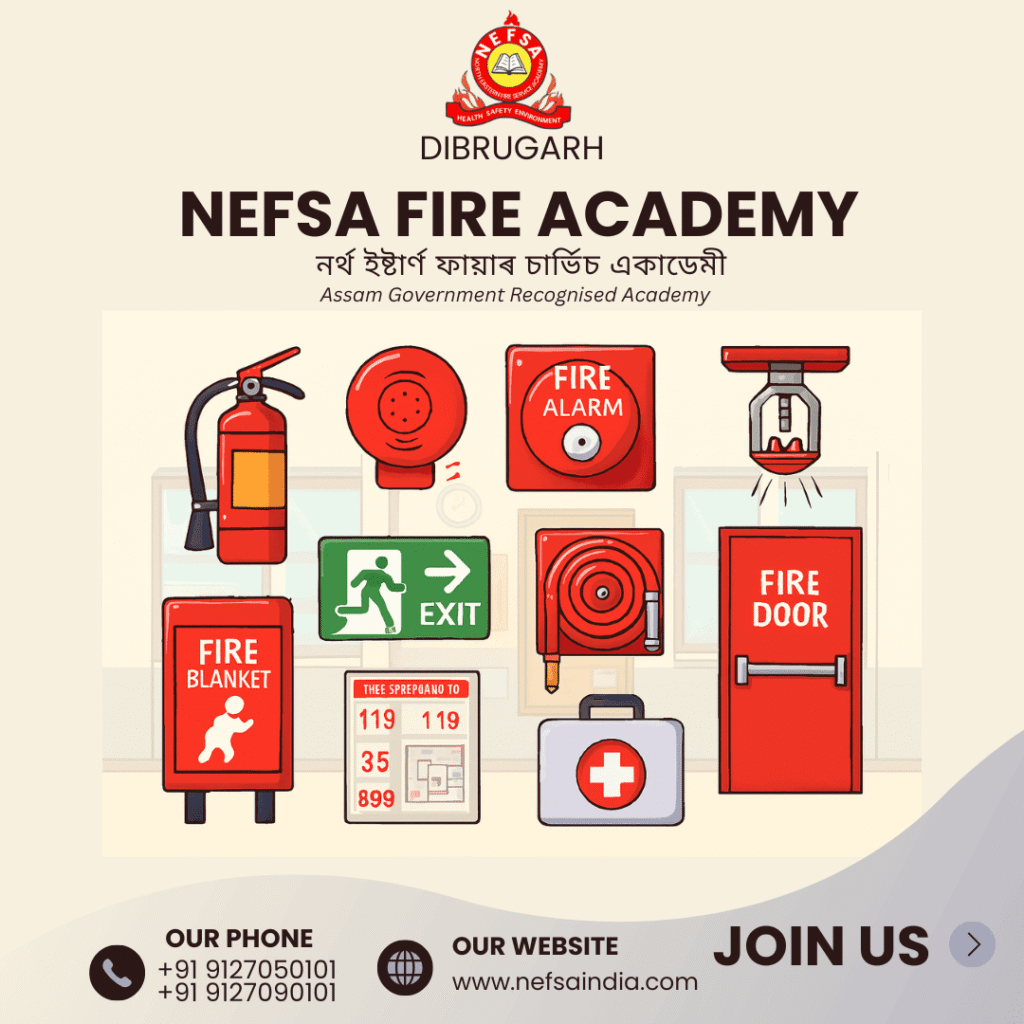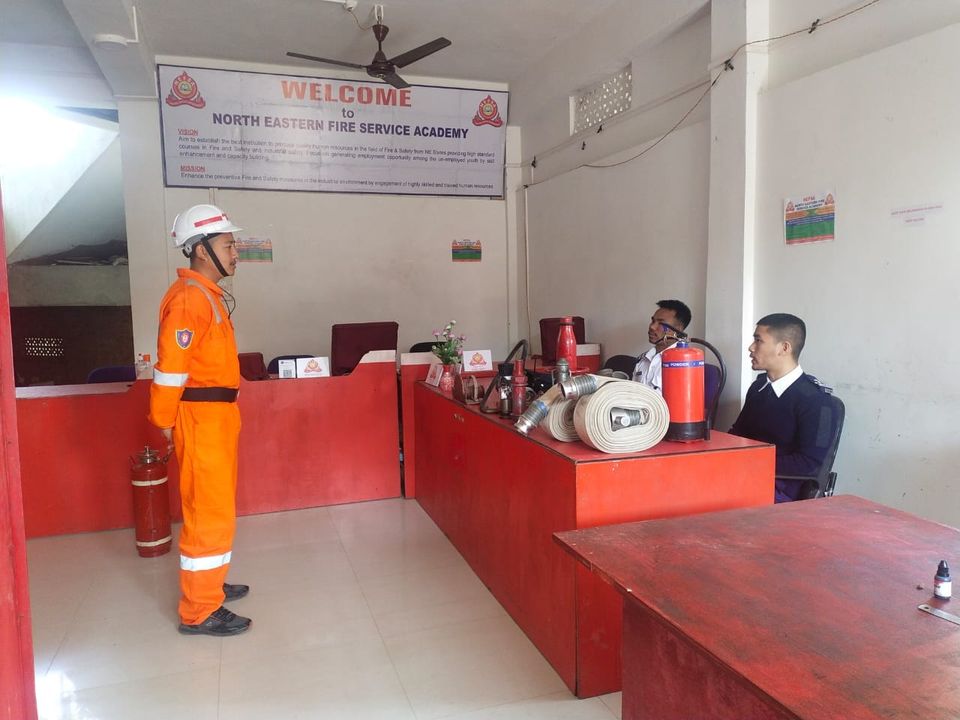Safety in educational institutions is paramount. Fires can occur unexpectedly, and students often spend the majority of their day on campus. Understanding and recognizing fire safety equipment can make the difference between a minor incident and a serious disaster. NEFSA (National Fire Safety Association) emphasizes the importance of educating students about fire safety tools and their proper usage. This guide highlights the top 10 fire safety equipment every student should be familiar with, ensuring preparedness and quick response during emergencies.
1. Fire Extinguishers
Fire extinguishers are essential for controlling small fires before they escalate. Students should know the PASS technique:
-
Pull the pin
-
Aim the nozzle at the base of the fire
-
Squeeze the handle
-
Sweep side to side
Regular training and awareness of extinguisher types (water, foam, CO₂, and dry powder) can empower students to respond effectively.
2. Smoke Detectors
Smoke detectors provide early warning by sensing smoke and activating an alarm. Students should familiarize themselves with detector locations and understand their critical role in early fire detection. Regular testing of these devices ensures functionality.
3. Fire Alarms
Audible fire alarms alert everyone in the building to evacuate immediately. Recognizing alarm sounds and knowing the nearest exit routes are crucial for safe evacuation.
4. Fire Sprinkler Systems
Automatic sprinkler systems control or extinguish fires using water. While operation is generally handled by building staff, students should be aware of their presence and the protection they offer.
5. Fire Blankets
Fire blankets are used to smother small fires, particularly those involving clothing or cooking appliances. Students should know the storage locations and understand how to deploy a blanket safely.
6. Emergency Exit Signs
Illuminated exit signs guide occupants toward safe evacuation routes during emergencies. Familiarity with exit paths and stairwells is essential for quick and orderly evacuation.
7. Fire Hose Reels
Fire hose reels provide a larger volume of water for controlling fires. While primarily intended for trained personnel, students should know their locations and never attempt to operate them unless trained.
8. Fire Doors
Fire doors prevent the spread of flames and smoke between building sections. Students must ensure these doors remain unobstructed and never prop them open.
9. Fire Safety Posters
Educational posters display vital fire safety procedures, emergency numbers, and evacuation plans. Students should actively read and internalize these guidelines.
10. First Aid Kits
While not a fire extinguisher, first aid kits are crucial for treating minor injuries during emergencies. Students should know the locations of first aid kits and basic usage principles.
NEFSA’s Role in Fire Safety Awareness
NEFSA promotes fire safety education through training programs, workshops, and resource materials. By emphasizing awareness and preparedness, NEFSA equips students with the knowledge to handle fire emergencies confidently and responsibly.
Conclusion
Fire safety is a shared responsibility. By recognizing and understanding essential fire safety equipment, students contribute to a safer educational environment. Participation in fire drills, familiarization with safety tools, and ongoing awareness are critical steps toward preventing accidents and responding effectively in emergencies.
Contact us today to know more about admissions, batch schedules, and course details.
Visit: www.nefsaindia.com
Location: Dibrugarh, Assam
For More Blogs:- Click here







